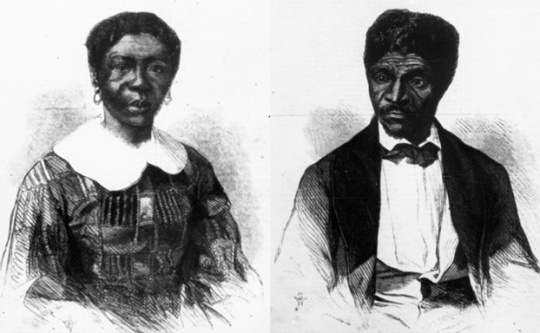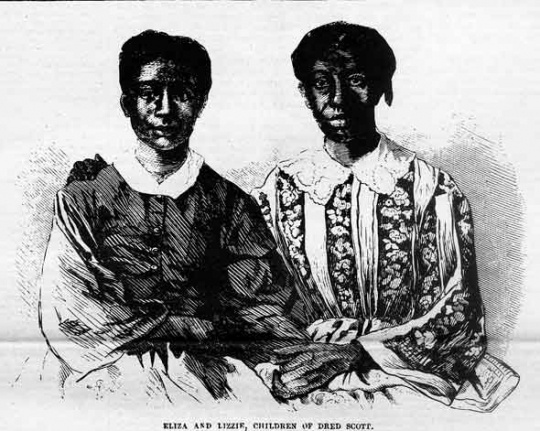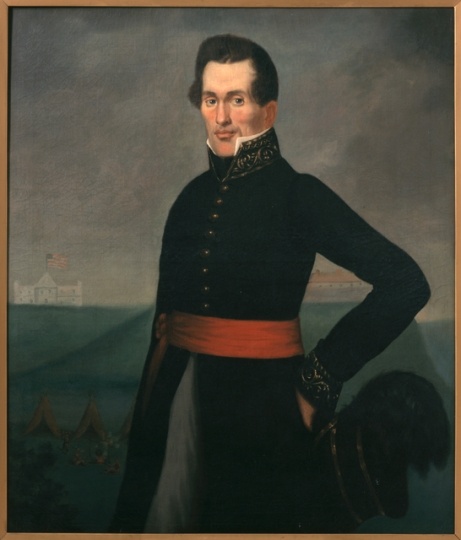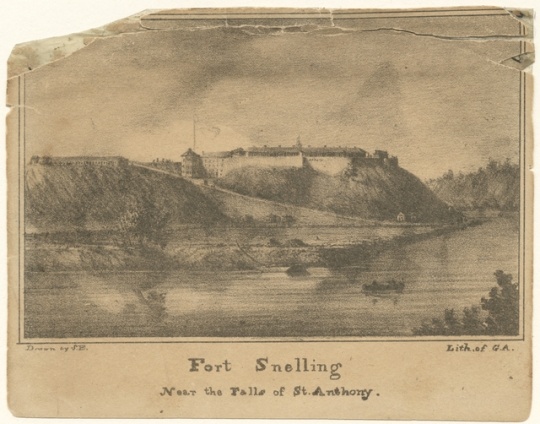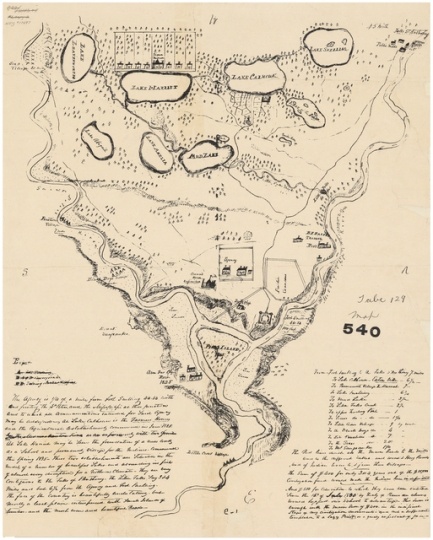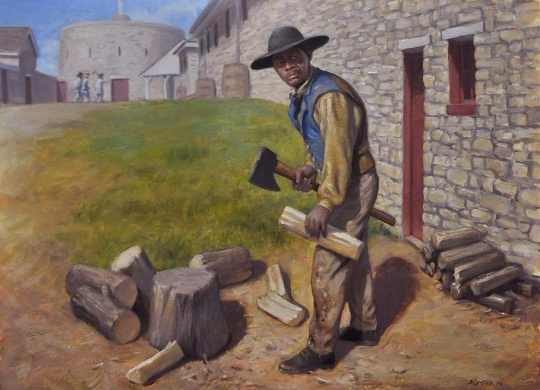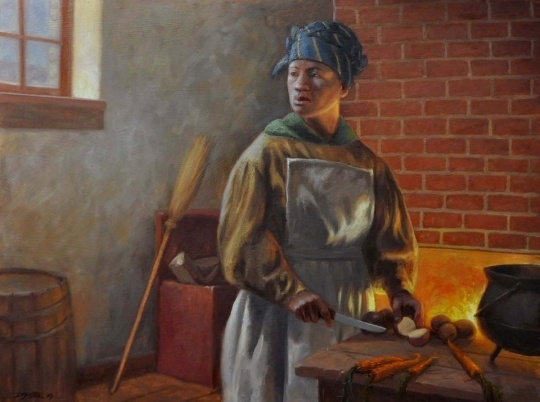Dred and Harriet Scott in Minnesota
Bibliography
Bachman, Walt. Northern Slave, Black Dakota: The Life and Times of Joseph Godfrey. Bloomington: Pond Dakota Press, 2013.
Fehrenbacher, Don E. The Dred Scott Case: Its Significance in American Law and Politics. New York: Oxford University Press, 2001.
Finkelman, Paul. Dred Scott v. Sandford: A Brief History with Documents. Boston: Bedford Books, 1997.
Green, William D. A Peculiar Imbalance: The Fall and Rise of Racial Equality in Early Minnesota. St. Paul: Minnesota Historical Society Press, 2007.
Library of Congress Web Guides. Dred Scott v. Sandford.
http://www.loc.gov/rr/program/bib/ourdocs/DredScott.html
Scott v. Sandford, 60 U.S. 393 (1857).
http://www.law.cornell.edu/supremecourt/text/60/393
State Historical Society of Missouri: Historic Missourians. Dred Scott.
https://historicmissourians.shsmo.org/dred-scott/
VanderVelde, Lea. “The Dred Scott Case as an American Family Saga.” OAH Magazine of History 25 (April 2011): 24–28.
——— . Mrs. Dred Scott: A Life on Slavery’s Frontier. New York: Oxford University Press, 2010.
“Visit to Dred Scot—His Family—Incidents of His Life—Decision of the Supreme Court.” Frank Leslie’s Illustrated Newspaper, June 27, 1857.
http://www.virginiamemory.com/docs/hires/scottfamily.pdf
Editor’s note: This newspaper published the only known contemporary images of Dred and Harriet Scott and their two daughters.
Chronology
1787
c.1800
c.1815
1818
1820
1820
c.1831
c.1832
1836
1836 or 1837
1838
1843
1846
c.1846
1857
1865
1868
Bibliography
Bachman, Walt. Northern Slave, Black Dakota: The Life and Times of Joseph Godfrey. Bloomington: Pond Dakota Press, 2013.
Fehrenbacher, Don E. The Dred Scott Case: Its Significance in American Law and Politics. New York: Oxford University Press, 2001.
Finkelman, Paul. Dred Scott v. Sandford: A Brief History with Documents. Boston: Bedford Books, 1997.
Green, William D. A Peculiar Imbalance: The Fall and Rise of Racial Equality in Early Minnesota. St. Paul: Minnesota Historical Society Press, 2007.
Library of Congress Web Guides. Dred Scott v. Sandford.
http://www.loc.gov/rr/program/bib/ourdocs/DredScott.html
Scott v. Sandford, 60 U.S. 393 (1857).
http://www.law.cornell.edu/supremecourt/text/60/393
State Historical Society of Missouri: Historic Missourians. Dred Scott.
https://historicmissourians.shsmo.org/dred-scott/
VanderVelde, Lea. “The Dred Scott Case as an American Family Saga.” OAH Magazine of History 25 (April 2011): 24–28.
——— . Mrs. Dred Scott: A Life on Slavery’s Frontier. New York: Oxford University Press, 2010.
“Visit to Dred Scot—His Family—Incidents of His Life—Decision of the Supreme Court.” Frank Leslie’s Illustrated Newspaper, June 27, 1857.
http://www.virginiamemory.com/docs/hires/scottfamily.pdf
Editor’s note: This newspaper published the only known contemporary images of Dred and Harriet Scott and their two daughters.











